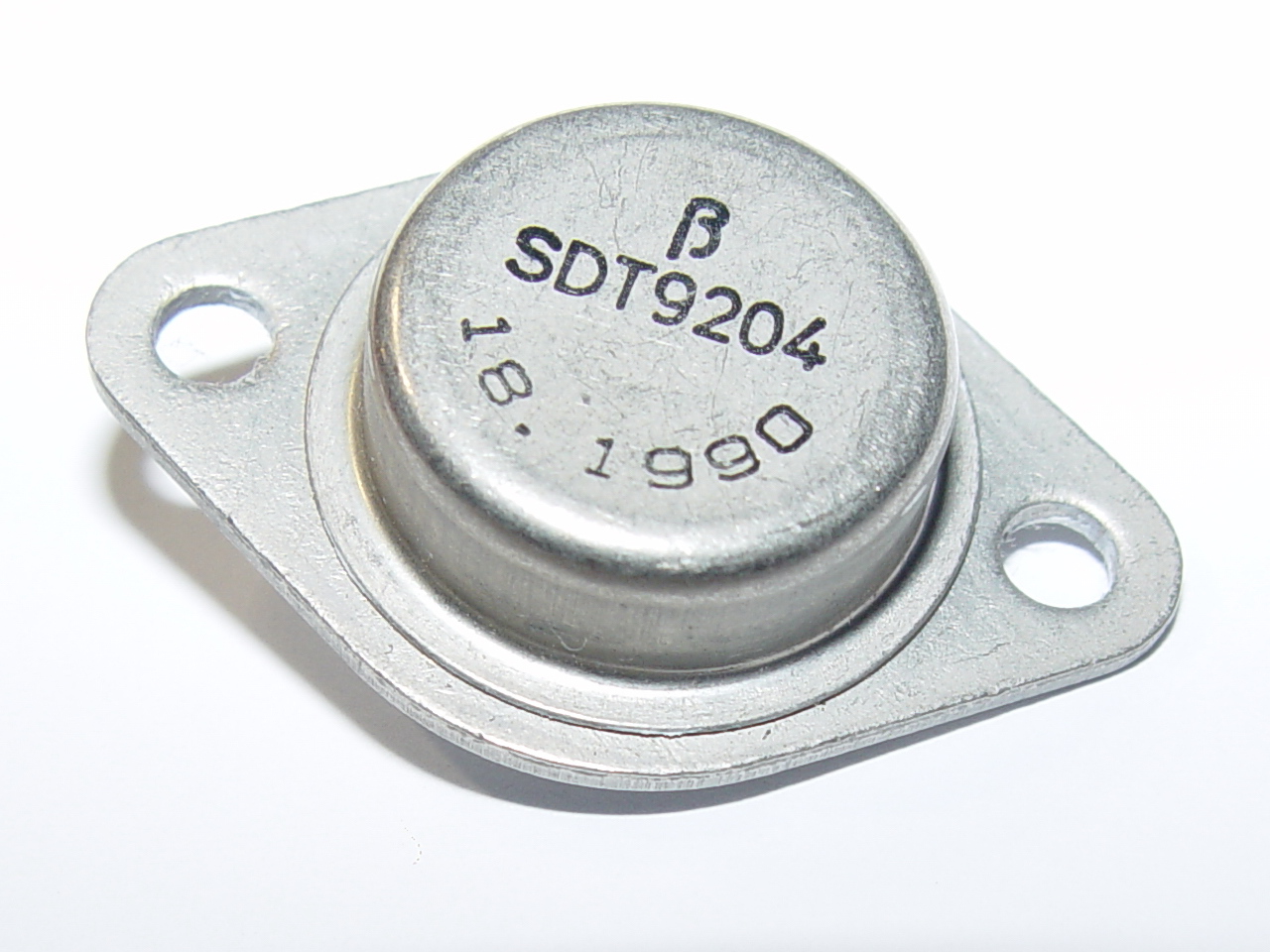I.P.R.S. Băneasa on:
[Wikipedia]
[Google]
[Amazon]
The electronics industry in the Socialist Republic of Romania was characterized by stronger ties to Western Europe when compared to other countries in the

 In 1960 the government of Gheorghe Gheorghiu-Dej decided to build an electronics plant in the forest of
In 1960 the government of Gheorghe Gheorghiu-Dej decided to build an electronics plant in the forest of  A third entity, Microelectronica was set up in 1981 close to I.P.R.S. and ICCE with the goal of manufacturing PMOS, NMOS, and
A third entity, Microelectronica was set up in 1981 close to I.P.R.S. and ICCE with the goal of manufacturing PMOS, NMOS, and
Eastern Bloc
The Eastern Bloc, also known as the Communist Bloc and the Soviet Bloc, was the group of socialist states of Central and Eastern Europe, East Asia, Southeast Asia, Africa, and Latin America under the influence of the Soviet Union that existed du ...
due to the drive of the Romanian leadership towards greater autonomy from the Soviet Union.
History

Băneasa
Băneasa () is a borough () in the north side of Bucharest, in Sector 1, near the Băneasa Lake (). Like all north-side districts of Bucharest, it is relatively sparsely populated, with large areas of parkland. Bordering on Băneasa Forest, ...
which in 1962 was named Baneasa Radio and Semiconductor Parts Company ( ro, Întreprinderea de piese radio și semiconductori or I.P.R.S.). The production of integrated circuits started in 1970 with technology from Thomson-CSF. The plant developed steadily and grew to 6000 employees by the early 1980s. By 1990 the product range included bipolar
Bipolar may refer to:
Astronomy
* Bipolar nebula, a distinctive nebular formation
* Bipolar outflow, two continuous flows of gas from the poles of a star
Mathematics
* Bipolar coordinates, a two-dimensional orthogonal coordinate system
* Bipolar ...
digital and linear integrated circuits (including 7400 series integrated circuits), silicon transistors and diodes, microwave devices, thyristors, triacs, and capacitors. I.P.R.S. manufactured with the designation βP14500 a clone of the 1-bit-microprocessor Motorola MC14500B in I2L technology.
In 1969 the Research Center for the Design of Electronic Components ( ro, Centrul de Cercetare Proiectare pentru Componente Electronice or CCPCE) was established on the grounds of I.P.R.S. but independent from it. The research center developed semiconductor products from initial experiments to pilot production, at which point the mass manufacturing was handed over to I.P.R.S. By 1974 the center moved to a new headquarter adjacent to I.P.R.S. and changed its name to Research Institute for Electronic Components ( ro, Institutul de Cercetare pentru Componente Electronice or ICCE). With new production facilities opened in 1979 the institute started to manufacture transistors, diodes, integrated circuits, optoelectronics, and microwave devices for end customers, in particular products that were needed only in small quantities (a few thousand per month) and could therefore not be manufactured economically at I.P.R.S.
 A third entity, Microelectronica was set up in 1981 close to I.P.R.S. and ICCE with the goal of manufacturing PMOS, NMOS, and
A third entity, Microelectronica was set up in 1981 close to I.P.R.S. and ICCE with the goal of manufacturing PMOS, NMOS, and CMOS
Complementary metal–oxide–semiconductor (CMOS, pronounced "sea-moss", ) is a type of metal–oxide–semiconductor field-effect transistor (MOSFET) fabrication process that uses complementary and symmetrical pairs of p-type and n-type MOSFE ...
integrated circuits (including 4000-series integrated circuits
The 4000 series is a CMOS logic family of integrated circuits (ICs) first introduced in 1968 by RCA. It had a supply voltage range of 5V to 20V, which is much wider than any contemporary logic family.
Almost all IC manufacturers active during thi ...
) as well as optoelectronics, complementing the production profile of I.P.R.S. Microelectronica manufactured a clone of the Intel 8080 with the designation MMN8080 and a clone of the Zilog Z80 with the designation MMN80CPU. The MMN80CPU entered production in 1988. For comparison, the original Z80 was launched in 1976 and the East German clone U880 in 1980.
After 1990
I.P.R.S. remained in government hands until 2003. After a factory upgrade in 1992 a steady decline set in. The number of employees dropped to 5000 in 1991 and 2000 at the end of the 1990s. Amid allegations of corruption the plant was sold in 2003 to Syrian businessman Omar Hayssam (who was in 2013 sentenced to a 20-year prison term for organizing the kidnapping of three Romanian journalists in Baghdad). By 2008, I.P.R.S. was declared bankrupt. The equipment had been stolen or sold for scrap at that point. ICCE was first split into four sections but largely re-united in 1996 as the Institute for Microtechnology ( ro, Institut de Microtehnologii or IMT). While IMT still exists in 2020, it has lost its own commercial manufacturing capabilities as well as its industry partners I.P.R.S. and Microelectronica. Microelectronica ceased commercial operation in 1997 and many of its specialists transferred to IMT. As of 2020, Microelectronica still exists as a "technology showcase", albeit without any products and few employees.Semiconductor designation
Unlike the Soviet integrated circuit designation or the East German semiconductor designation, the Romanian government did not set standards for the labelling of semiconductors. Devices licensed from Western manufacturers were often named according to the Pro Electron standard. ''Microelectronica'' assigned integrated circuit designations according to the underlying technology: MMP for PMOS (e.g. MMP106), MMN for NMOS (e.g. MMN8080), and MMC forCMOS
Complementary metal–oxide–semiconductor (CMOS, pronounced "sea-moss", ) is a type of metal–oxide–semiconductor field-effect transistor (MOSFET) fabrication process that uses complementary and symmetrical pairs of p-type and n-type MOSFE ...
(e.g. MMC4001).
See also
* History of computing in RomaniaReferences
External links
* * * Electronics industry by country Economic history of Romania Socialist Republic of Romania Science and technology in Romania {{Electronics-stub